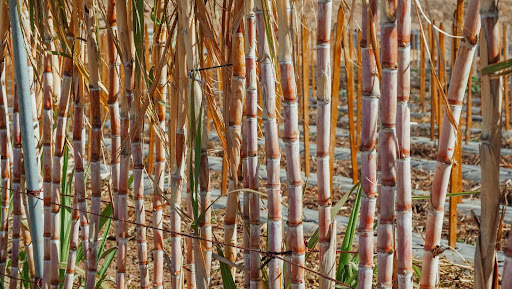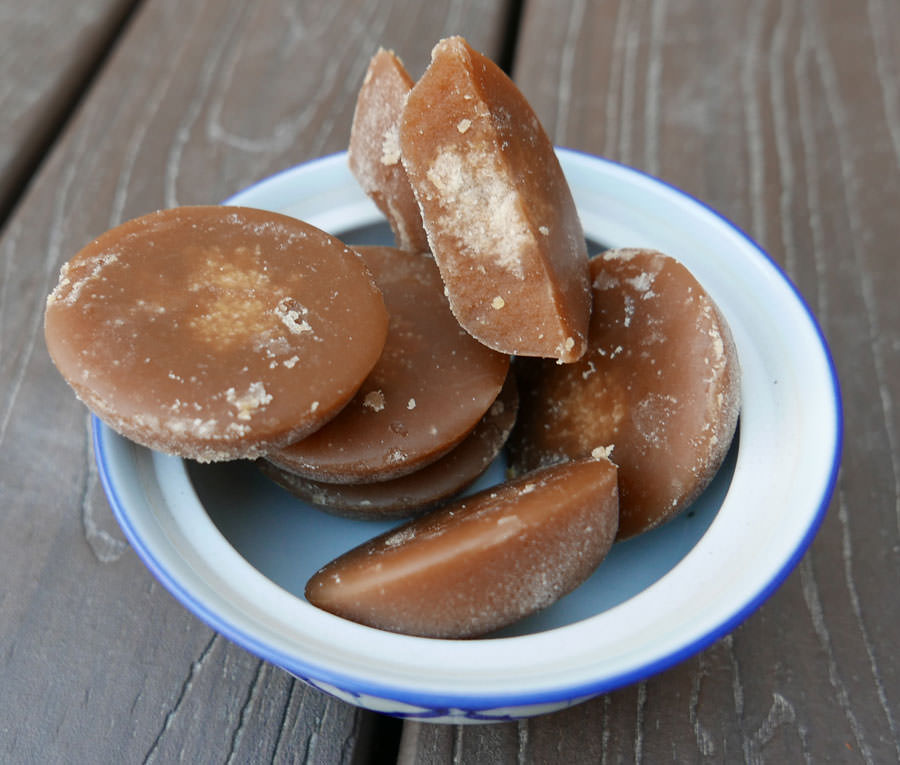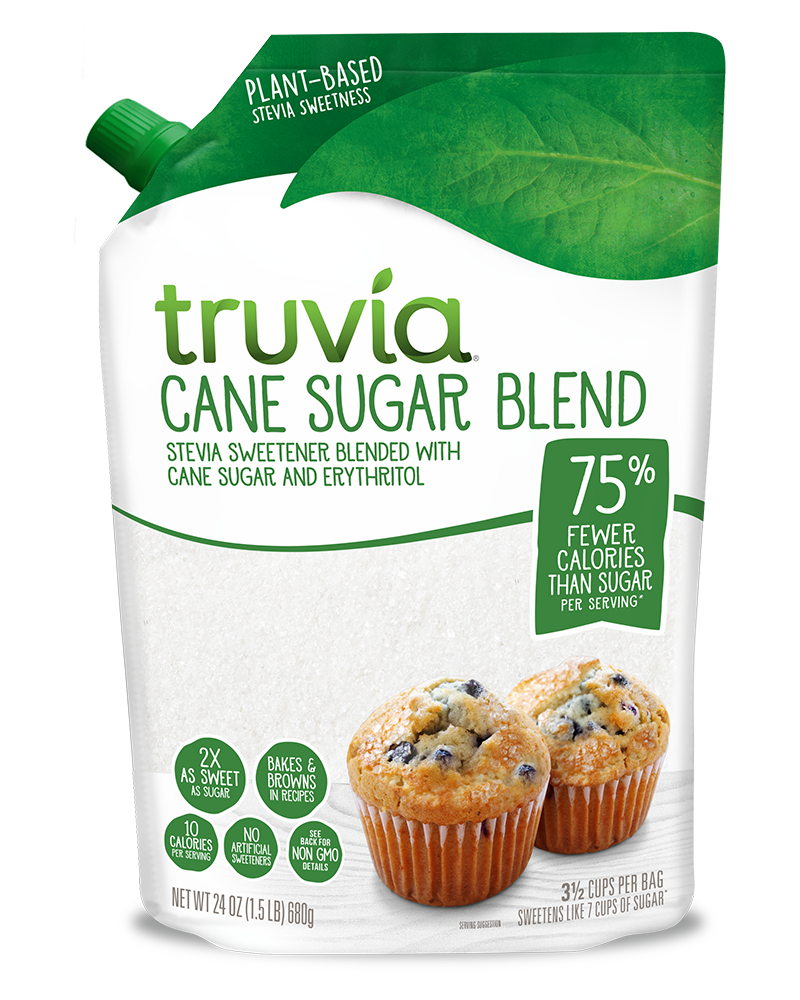Cane Sugar Processing Explained: What Takes Place Inside a Sugar Mill
Exploring the Comprehensive Tips Included in Cane Sugar Processing From Harvesting to Improvement
The process of cane sugar manufacturing encompasses a collection of complex actions, beginning with the mindful harvesting of sugarcane and finishing in the improvement phases that ensure the last product fulfills industry requirements. Each phase, from the removal of juice to the purification and formation processes, plays an essential duty in establishing the high quality and personality of the sugar. Comprehending these phases not only highlights the complexity of sugar manufacturing but additionally increases vital questions regarding performance, sustainability, and advancement in the industry. What effects do these factors have for future methods?
Gathering Sugarcane
Collecting sugarcane is a crucial action in the walking stick sugar processing chain, as it directly influences the quality and yield of the final product. Appropriate timing and methods are crucial during this phase to ensure optimal sugar content and minimize losses. Typically, sugarcane is harvested when it reaches maturation, generally 12 to 18 months after growing, identified by a high sucrose focus.

Post-harvest, the sugarcane must be processed swiftly to stop sucrose destruction. Preferably, harvested walking stick must be transported to refining centers within 24-hour to maintain sugar high quality. Therefore, efficient logistical planning is vital to maintain the integrity of the harvested crop throughout the supply chain.
Extraction Refine

The crushed cane is subjected to a collection of pushing procedures to maximize juice healing. Commonly, warm water is sprayed onto the crushed walking cane, producing a countercurrent flow that assists dissolve the sugar while additionally aiding in the removal process. The juice accumulated from this procedure consists of not only sugar yet additionally different organic substances and pollutants.

To boost removal efficiency, some facilities may employ diffusion techniques, where the sugarcane is saturated in warm water, permitting the soluble sugars to diffuse right into the fluid. The resulting juice, rich in sucrose, is after that routed to succeeding handling phases, laying the structure for filtration and refinement. The extraction procedure is hence crucial in identifying the high quality and yield of the final sugar item.
Filtration Strategies
The filtration strategies utilized in cane sugar processing are necessary for transforming the raw juice right into a top quality sugar item. These methods largely intend to eliminate pollutants, such as soil, plant materials, and not natural materials, which can negatively impact the end product's flavor and color.
This process includes adding lime and warm to the raw juice, which promotes the coagulation of contaminations. Additionally, the usage of phosphoric acid can improve the information procedure by more binding pollutants.
Another substantial strategy is carbonatation, where co2 is introduced to the made clear juice. This reaction generates calcium carbonate, which catches continuing to be pollutants and promotes their elimination.
Additionally, turned on carbon treatment might be put on adsorb any type of remaining colorants and natural contaminations, ensuring a much more polished product. The mix of these methods successfully prepares the sugar juice for subsequent steps next in the refining procedure, setting the stage for the manufacturing of high-grade walking stick sugar.
Formation Methods
After the purification stage, the following vital action in cane sugar handling entails crystallization techniques, which play a crucial role in helpful site changing the made clear juice right into solid sugar. This process normally employs two main approaches: spontaneous formation and controlled formation.
In spontaneous crystallization, supersaturated sugar solutions are allowed to cool normally, leading to the development of sugar crystals over time. This technique enables for the consistent growth of sugar crystals and higher purity.
During condensation, the clarified juice is concentrated via dissipation, raising its sugar web content up until it gets to supersaturation. As soon as this factor is accomplished, either technique can help with the crystallization procedure. Cane Sugar Processing. The resultant sugar crystals are after that divided from the staying syrup through centrifugation
Ultimately, the selection of condensation method impacts the quality, dimension, and purity of the last sugar item, making this step necessary in the general walking stick sugar processing treatment.
Refinement and Product Packaging
Exactly how can the pureness and quality of walking cane sugar be even more boosted after crystallization? The improvement procedure plays an important duty in achieving high-grade walking stick sugar.
Following, the sugar is subjected to a process called centrifugation, where it is rotated at broadband to separate the detoxified sugar crystals from the staying fluid. After centrifugation, the sugar is often additional improved via a method called carbonization or phosphatation, which uses activated carbon or phosphoric acid to eliminate color and off-flavors.
When improved, the sugar is dried out to achieve the preferred dampness web content, guaranteeing that it stays secure throughout storage space and transportation. The final step includes product packaging the polished sugar in moisture-proof and airtight containers to keep its top quality and prevent contamination. Cane Sugar Processing. Proper packaging not only extends life span however additionally facilitates easy handling and distribution, guaranteeing that consumers receive sugar that great post to read satisfies the highest possible requirements of purity and high quality
Conclusion
The detailed actions involved in cane sugar processing, from the careful harvesting of sugarcane to the elaborate refinement and packaging phases, underscore the relevance of each stage in guaranteeing top notch sugar manufacturing. Optimal harvesting techniques, reliable extraction methods, and rigorous filtration processes collectively add to the last product's purity and security. The condensation and succeeding product packaging techniques further enhance the honesty and life span of the sugar, highlighting the intricacy and precision integral in this essential farming sector.
The procedure of walking cane sugar production encompasses a collection of complex steps, starting with the cautious harvesting of sugarcane and culminating in the improvement stages that ensure the last product fulfills sector criteria. Ideally, collected walking stick should be transferred to refining centers within 24 hours to protect sugar quality.In spontaneous formation, supersaturated sugar services are permitted to cool naturally, leading to the formation of sugar crystals over time - Cane Sugar Processing. The improvement procedure plays a critical function in attaining high-grade walking stick sugar.The comprehensive actions involved in walking cane sugar processing, from the careful harvesting of sugarcane to the intricate refinement and packaging phases, highlight the relevance of each phase in making certain premium sugar manufacturing